A treasure trove of tech history goes online with the unveiling of the Nokia Design Archive
Aalto University launches the Nokia Design Archive, an online repository that charts the pioneering history of Finland’s legendary mobile phone manufacturer

We’ve reached the point in tech history where early mobile phones are little more than museum pieces, alien and strange to today’s consumers for their absence of function and unconventional form. Throughout the first phase of mobile history, the company that was king of formal invention and bold new ideas was Finland’s Nokia.

A selection of Nokia mobile handsets including unseen prototypes
Now the Aalto University in Helsinki has launched the Nokia Design Archive, an online portal that lays bare two decades of the company’s history, including hitherto unseen sketches, concepts and marketing material alongside some of the most legendary, long-lasting and fondly remembered handsets of all time (depending on your age).

The Nokia 7373 was released in 2006
The Nokia Design Archive will go live in January 2025, but we’re presenting a sneak preview of some of the 700-plus exhibits, which date from the early 1990s through to 2017. Nokia can trace its history back to pulp mills in 1865, before evolving into a multinational that did everything from supplying power to making rubber boots.
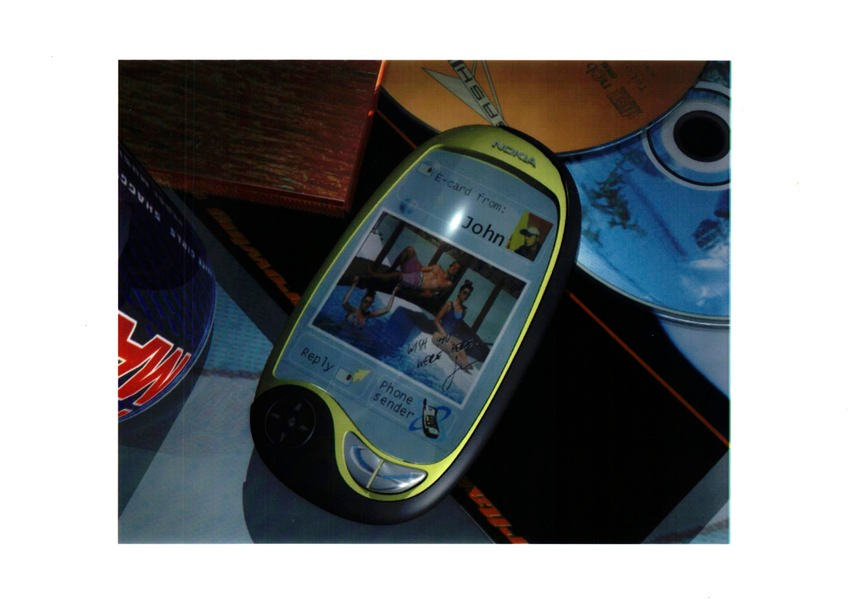
Third Generation Mobile Concept Rendering, unknown designer, 1998
The portable telecoms boom of the 1990s was a pivotal time for Nokia, which had acquired a number of key players in the nascent mobile tech sphere. After the 1982 Mobira Senator car phone, Nokia's first mobile phone was the 1987 Mobira Cityman 900. What followed was two decades of innovation and then ten years of decline, as Nokia shaped and reshaped the form factor of the mobile as well as helped develop the networks, software and protocols that are still used today.

Different colourways of Nokia 5110, 1990s
Although the Aalto University has curated 700 exhibits, the actual repository is around 20,000 files, amounting to around 960GB of data. All of this has been licensed from Microsoft Mobile, following the American giant’s acquisition of Nokia in 2014 and the ill-fated pivot to the Windows Phone OS. This lasted barely three years, before the Nokia name was once again moved on – it’s now in the safe hands of HMD.
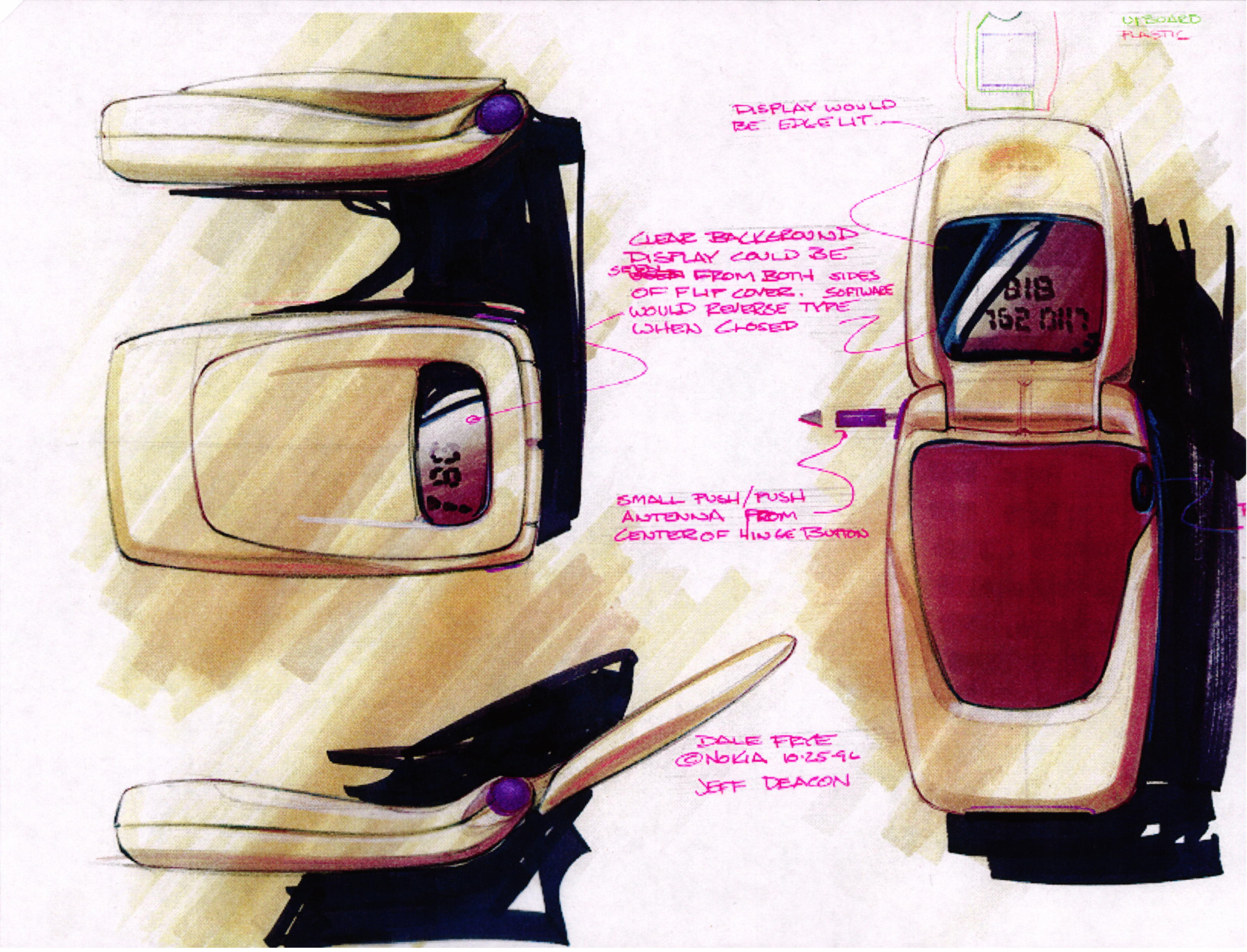
Sketches and notes for a clamshell phone, Dale Frye (designer), 1996
‘In Finland we have a tradition for being open with big data sets,’ says Anna Valtonen, lead researcher on the Nokia Design Archive. ‘The focus is often on numerical, empirical stuff, but what about people? What about how humans perceive things? How are ideas adopted into society? From a scientific perspective, this is the kind of qualitative empirical material we need more of.’

1990s promotion
‘Especially in these times of change, it is important to understand how we can grasp the world around us and imagine what we could be,’ Valtonen adds. According to Kaisu Savola, a postdoctoral researcher in the University’s Department of Design, ‘Nokia was in a similar position in the 1990s as Samsung or Apple are today. These large corporations shape our lives with their products.’ The Nokia Design Archive taps into this often-hidden side of tech history, exploring the utopian ideals of pre-social media mobile connectivity.
Wallpaper* Newsletter
Receive our daily digest of inspiration, escapism and design stories from around the world direct to your inbox.
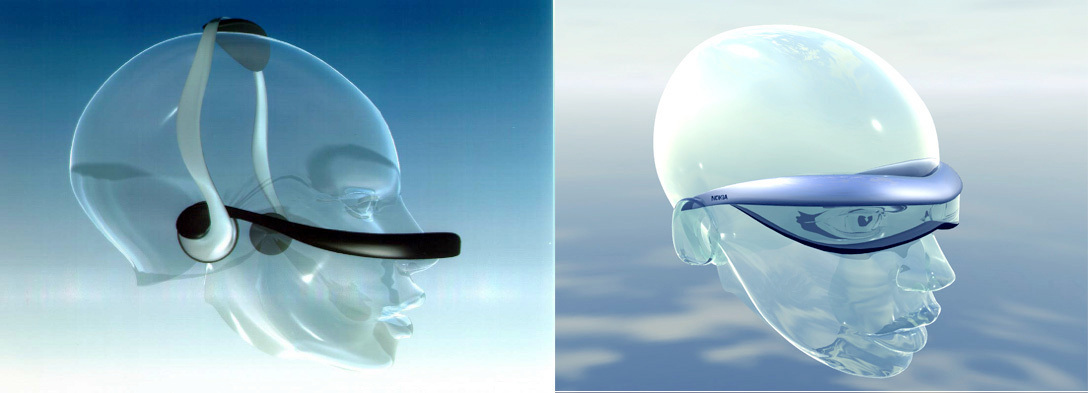
The Nokia Design Archive goes live on 15 January 2024
Aalto University, Aalto.fi
Jonathan Bell has written for Wallpaper* magazine since 1999, covering everything from architecture and transport design to books, tech and graphic design. He is now the magazine’s Transport and Technology Editor. Jonathan has written and edited 15 books, including Concept Car Design, 21st Century House, and The New Modern House. He is also the host of Wallpaper’s first podcast.
-
 Warp Records announces its first event in over a decade at the Barbican
Warp Records announces its first event in over a decade at the Barbican‘A Warp Happening,' landing 14 June, is guaranteed to be an epic day out
By Tianna Williams
-
 Cure your ‘beauty burnout’ with Kindred Black’s artisanal glassware
Cure your ‘beauty burnout’ with Kindred Black’s artisanal glasswareDoes a cure for ‘beauty burnout’ lie in bespoke design? The founders of Kindred Black think so. Here, they talk Wallpaper* through the brand’s latest made-to-order venture
By India Birgitta Jarvis
-
 The UK AIDS Memorial Quilt will be shown at Tate Modern
The UK AIDS Memorial Quilt will be shown at Tate ModernThe 42-panel quilt, which commemorates those affected by HIV and AIDS, will be displayed in Tate Modern’s Turbine Hall in June 2025
By Anna Solomon
-
 The new Polaroid Flip unfolds to bring you pin-sharp instant photography
The new Polaroid Flip unfolds to bring you pin-sharp instant photographyPolaroid announces the Flip, an instant camera that blends its evergreen film technology with better results and more control
By Jonathan Bell
-
 Could putting pen to reMarkable’s Paper Pro tablet make you more creative and less stressed?
Could putting pen to reMarkable’s Paper Pro tablet make you more creative and less stressed?Design Museum director Tim Marlow extols the power of ‘scribbling’, and is backed up by new research from reMarkable on the benefits of its paper tablet
By Simon Mills
-
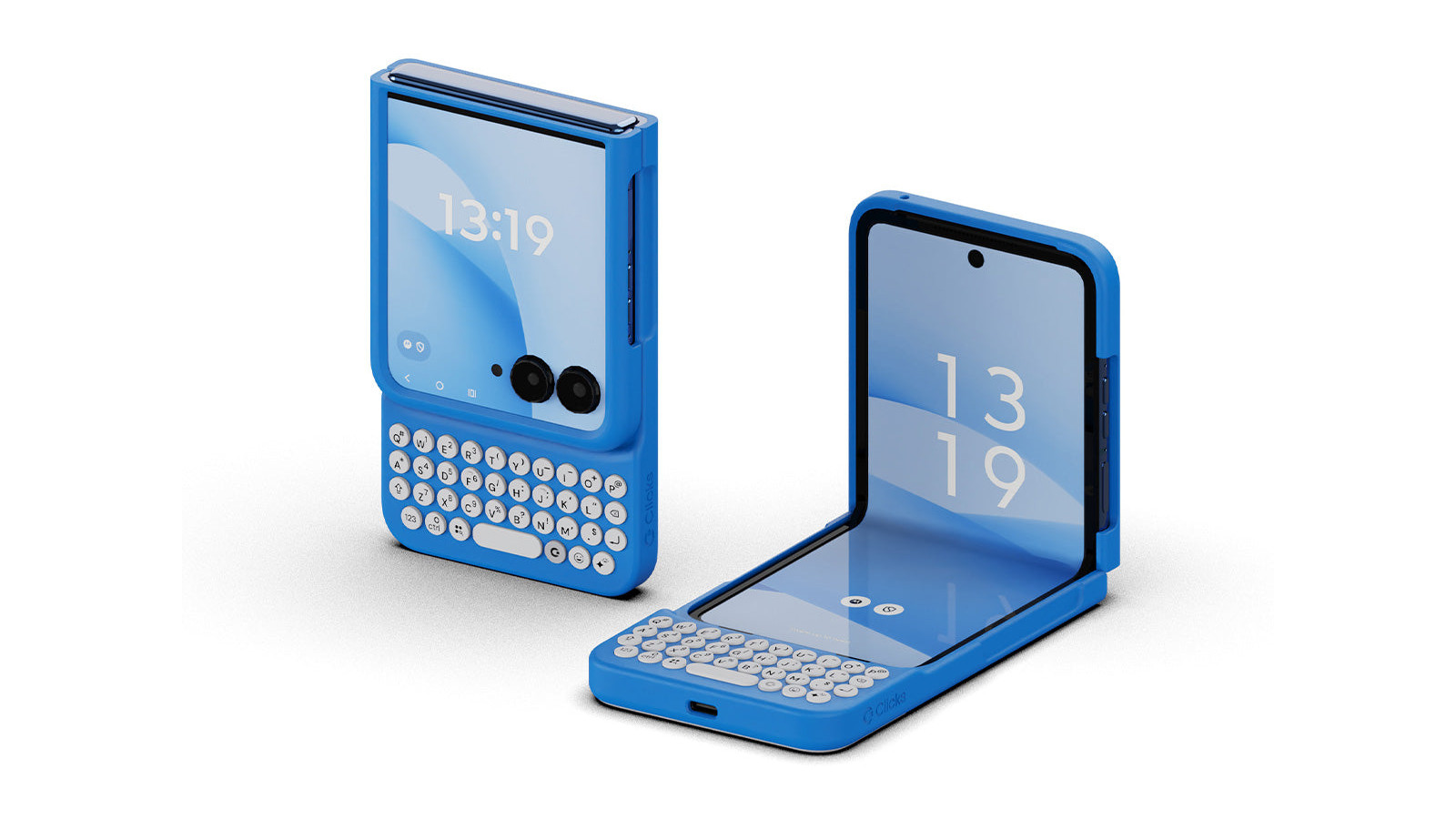 Clicks creates keyboard cases for iPhones – now they're also available for three Android flagships
Clicks creates keyboard cases for iPhones – now they're also available for three Android flagshipsSmartphones get a new lease of life with Clicks, which brings a Blackberry-style keyboard to today’s cutting-edge Apple and Android devices
By Jonathan Bell
-
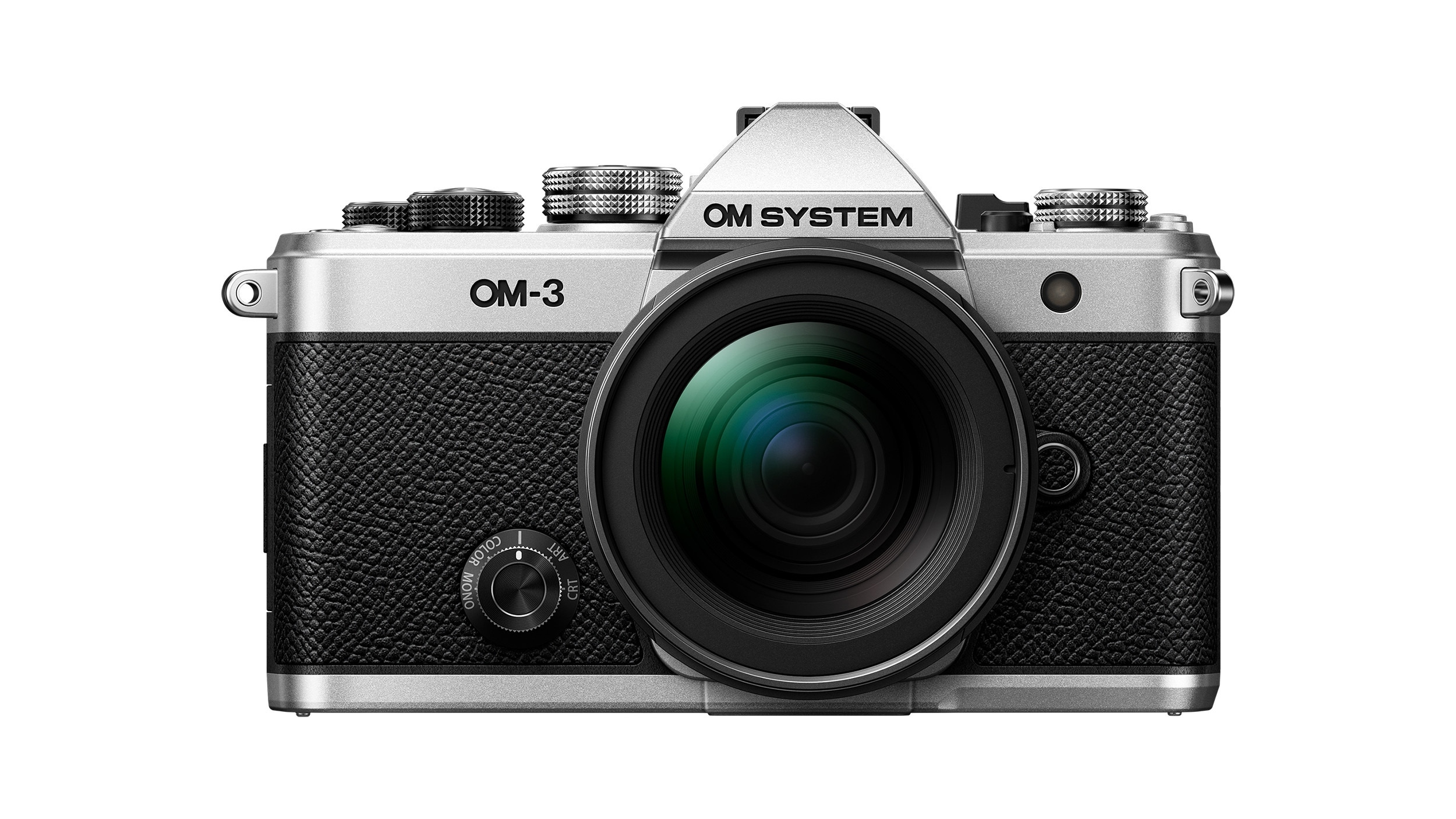 The OM System OM-3 camera blends heritage design with cutting-edge technology
The OM System OM-3 camera blends heritage design with cutting-edge technologyThe OM-3 from OM System is the newest must-have mirrorless camera design, classically styled and comprehensively equipped to create the ultimate contemporary digital camera
By Jonathan Bell
-
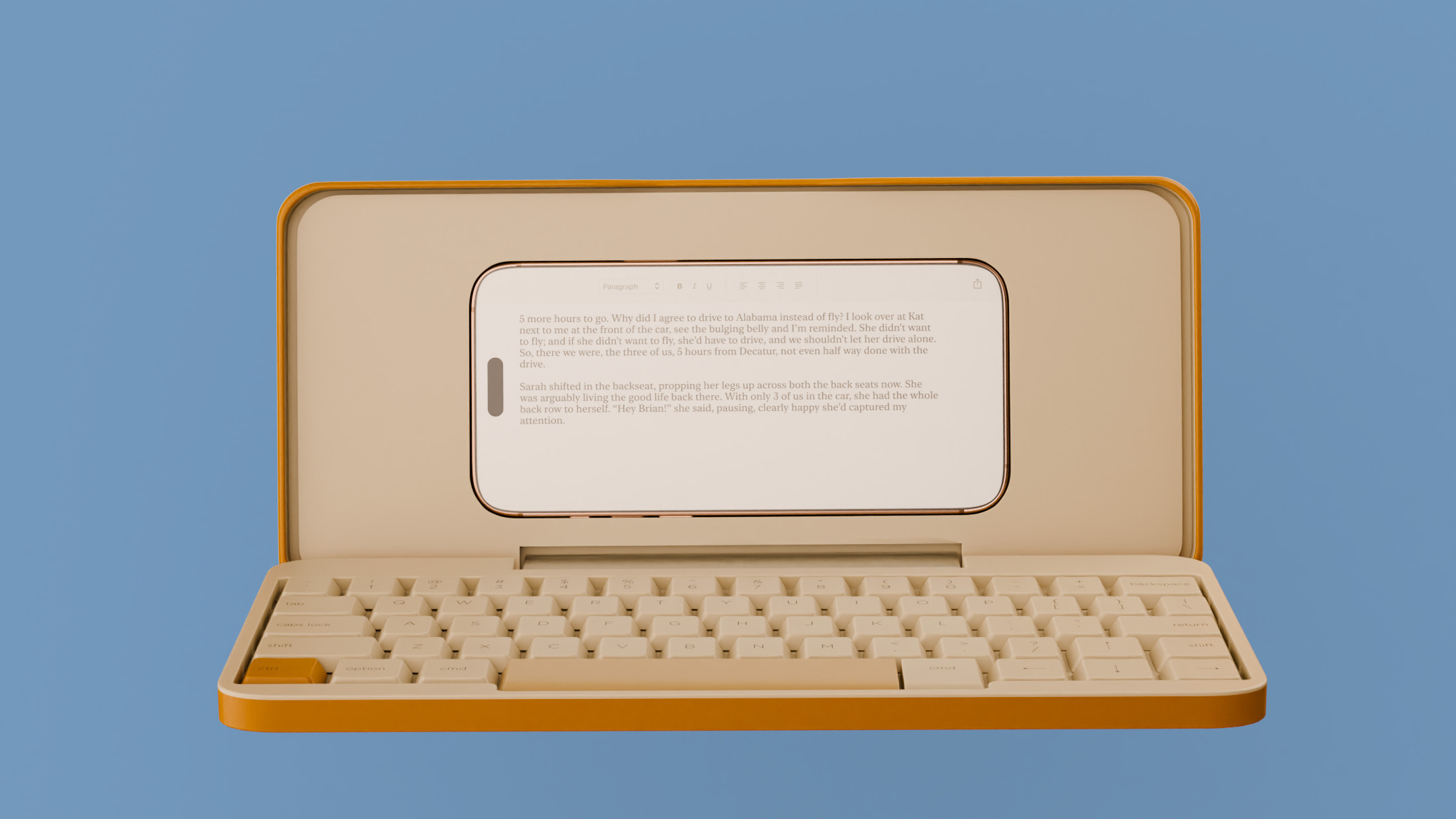 Type without the tyranny of distractions: eight new ways to get the words out
Type without the tyranny of distractions: eight new ways to get the words outLooking for a way to divert you from doom-scrolling? This selection of eight distraction-free typing devices will keep you offline and away from the socials to help you meet that deadline
By Jonathan Bell
-
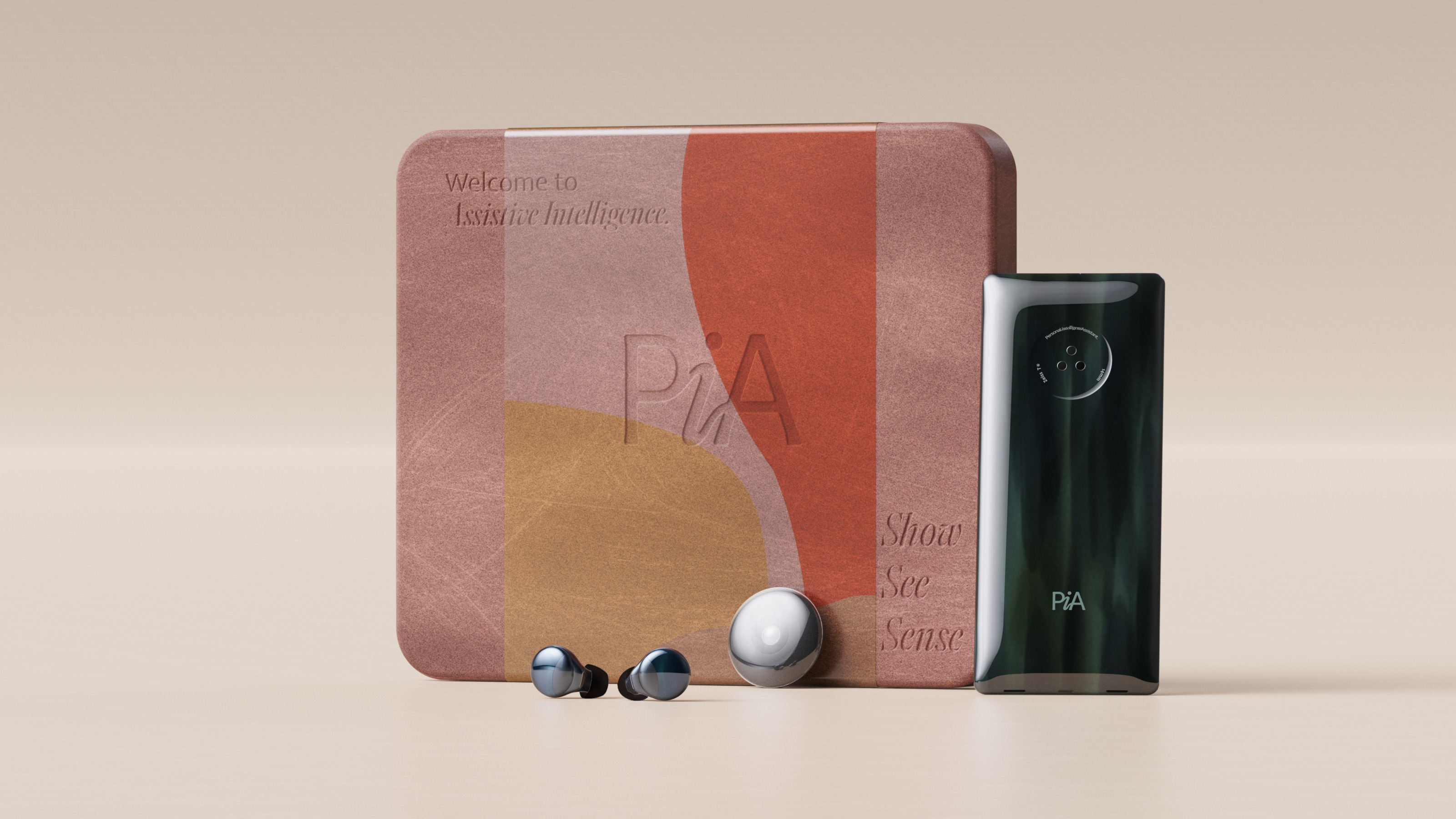 Layer conceptualises a next-gen AI-powered device: introducing the PiA
Layer conceptualises a next-gen AI-powered device: introducing the PiAPiA, the Personal Intelligent Assistant, is a conceptual vision of how AI might evolve to dovetail with familiar devices and form factors
By Jonathan Bell
-
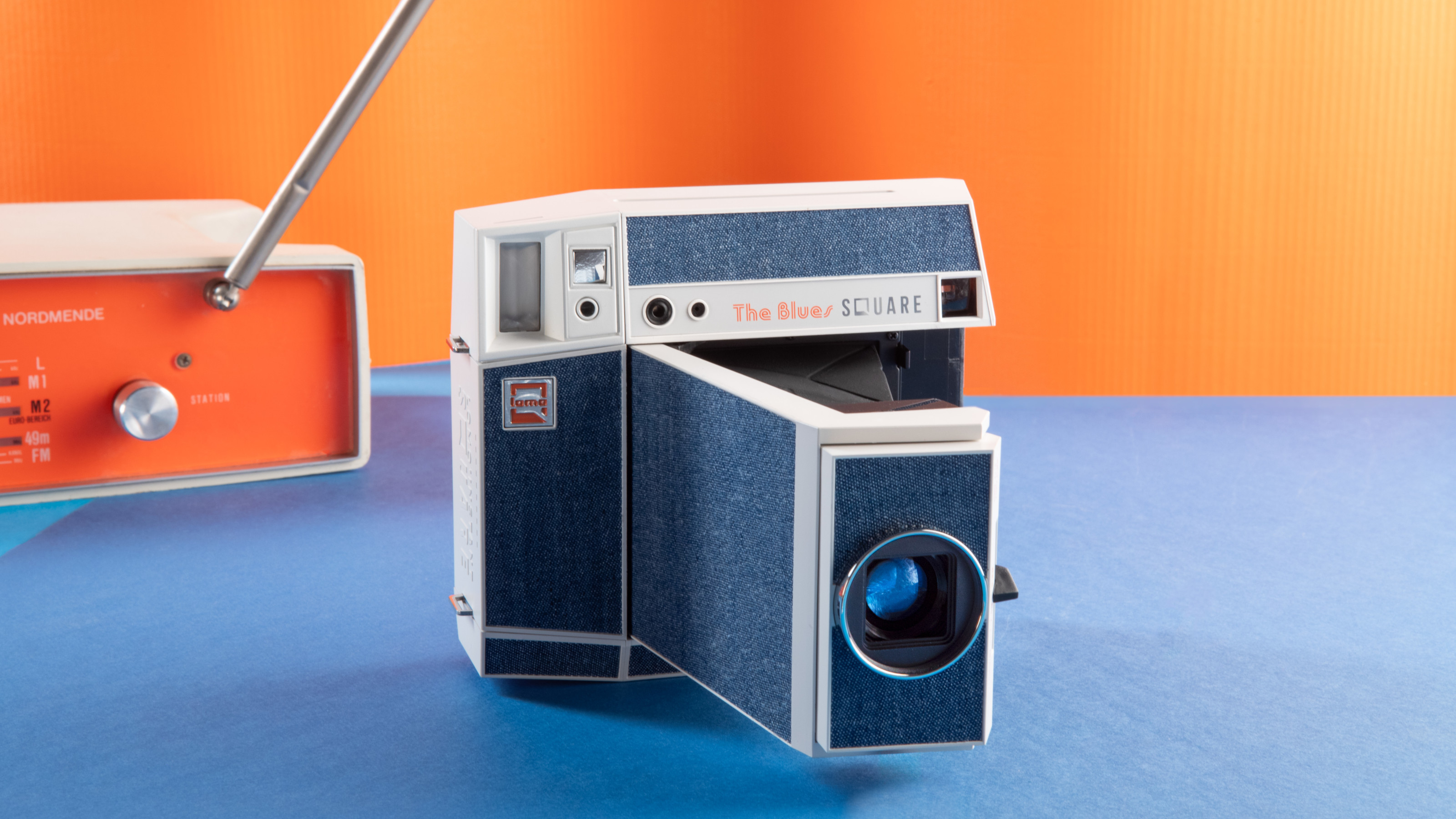 Point, shoot and process with Lomography’s two new colourful Instax camera editions
Point, shoot and process with Lomography’s two new colourful Instax camera editionsWith the Pemberley and The Blues editions, the Lomo’Instant Square Glass camera provides stylish and pocketable analogue photography
By Jonathan Bell
-
 We put the new ultra-compact Dyson Car+Boat handheld vacuum through its paces
We put the new ultra-compact Dyson Car+Boat handheld vacuum through its pacesA cordless handheld vacuum pitched at a plethora of tasks, Dyson has tasked the new Car+Boat with far-reaching functionality without compromising performance
By Jonathan Bell